ANIMAL WATCH-On March 15, after adopting a dog named “Emmet” from the Clinton Humane Society, Kris and Ashley Greene took their new pet to the home of Tyler and Holly Harrison, where the dog bit the Harrison’s 15-month-old son, Lucas, in the face, leaving massive facial wounds, the Clinton Herald reported.
With the increasing number of reports of aggressive dog attacks in Los Angeles and nationwide, there may be some important lessons to be learned.
Although the dog in Clinton, Iowa, had been listed as a "Boxer-Labrador-mix," it was determined to be a Pit Bull that had been transported from a Louisiana shelter.
The dog was subsequently declared a dangerous dog by Clinton authorities, and Ashley Greene was cited for owning a dangerous dog. She pleaded not guilty on March 28, according to the Herald.
The photos of the horrific disfigurement of this beautiful child are chilling. Lucas’ injuries are described and photos shown before and after surgery on the family’s GoFundMe page:
He was airlifted to the University of Iowa Childrens' Hospital where he had a 6- hour surgery involving at least 3 surgeons. A large part of his gum/bone including permanent teeth were ripped out, most of his nose cartilage was destroyed, and he will have lifelong damage. He will not have any upper front teeth, will need dental reconstruction to hopefully support false teeth when he is an adult, and have more facial surgeries in the future.
Colleen Lynn of Dogsbite.org did a thorough investigation of the background of the Pit Bull, Emmet, and describes the mechanisms by which dogs with a propensity for aggression are transported nationwide for adoption to an unsuspecting public.
She writes, "Animals of IPAC advertised Emmet as a 'great dog with a great temperament.'"
“Three weeks before the attack, a pit bull-mix named Emmet, was on death row at the New Iberia Parish Animal Shelter in Louisiana. On February 22, after social media rallied to "save Emmet," by raising over $300, the dog was "approved for transport." (Read more)
HUMANE SOCIETY SUED
On Thursday, March 29, 2017, the Herald announced that a civil lawsuit against the Clinton Humane Society and the owners of the dog that attacked Lucas had been filed on Tuesday by Attorney John Frey, on behalf of the parents of Lucas Harrison.
The following items are excerpted and summarized from the Herald report:
The petition alleges one count against Kris and Ashley Greene for dog owners’ strict liability, and two counts against the Clinton Humane Society for product liability, negligence and breach of express warranty.”
It states the “foreseeable risks of harm” posed by the dog could have been reduced or avoided by the provision of reasonable instructions or warnings.
Among these instructions should have been the precautions for bringing the dog into a home “where another dog, an infant and small children are present.”
The petition asserts that the Greenes should have been warned that the Humane Society’s ability to determine whether a dog is child friendly is extremely limited, rather than “expressly warranting” that the dog was “child friendly.”
The new owners should have been warned that the dog had been moved from a shelter in Louisiana to Clinton Humane Society after being impounded for over five months and was scheduled for euthanasia.
The Greenes should have been warned that the dog in question could be a pit bull mix, even though it was allegedly advertised by the Clinton Humane Society as a Boxer-mix.
The petition states "the omission of the instructions or warnings renders the dog not reasonably safe."
The petition lists one count against the Greenes for strictly liability for all damages done by their dog, citing Iowa code section 351.28.
WHY THIS LAWSUIT IS IMPORTANT
Traditionally those who rehome unwanted pets -- mainly animal shelters and humane society -- have been held harmless from prosecution and/or liability for the future misconduct of the animal. Courts have taken a Caveat emptor approach, meaning, "let the buyer beware."
Findlaw advises this means "sold as is,” and the buyer assumes the risk that a product may fail to meet expectations or may have defects. However, implicit in this concept is the presumption that buyers will be able to inspect or otherwise ensure the integrity of the product before they decide to complete the transaction.
Of course, with a shelter animal that is almost impossible. There is no way, based upon looking through the bars of a cage or kennel or taking a pet into an introduction area, that health or temperament can be accurately assessed.
Although some dogs adapt to a new home immediately, it can take several weeks, or longer, before a new pet has "settled in" and relaxes enough to express its true character and personality and/or begins to show territorial dominance. Therefore, in the past, shelters have been cautious about absolute, positive statements and have made notes on all observed behavior by employees visible on posted kennel cards or otherwise easily available, so that potential adopters could make a more-informed decision.
But, the “No Kill” movement has changed that. The industry-wide competition to have the highest “live-save” rate and specific pressure from leading humane groups to not interfere with the right to breed and own combat Pit Bulls (“No BSL”), has resulted in withholding negative behavioral information and sometimes making misleading statements to get these animals adopted and so they don't inflate the shelter’s euthanasia rate.
To further this effort, Pit Bulls are commonly misidentified as Boxer-mix or listed as American Staffordshire Terriers, and referred to as “Nanny Dogs” that are “great with kids.” San Francisco SPCA tried calling them “St. Francis Terriers” and New York introduced “New Yorkies” -- a program which reportedly lasted three days.
At first, “no kill” applied to humane societies, many of which are “limited entry” and have the option to only accept adoptable dogs. This gave them a heads up on receiving donations, because no one wants to support a "kill shelter."
But the pressure to be "no kill" then shifted to the “open-admission” tax-funded municipal shelters, which must accept all strays and animals in need, regardless of temperament or condition. This has forced governmental agencies -- which have direct responsibility to protect the public -- into keeping alive animals that have serious aggression or behavior concerns and applying any remotely plausible description to them, except “dogs bred to kill each other.”
Of course, not every Pit Bull unpredictably attacks and some can be loyal, loving pets; but the genetics and recent history of this breed requires an acceptance that, increasingly, the desire for winning fighting dogs has led to producing Pit Bulls that may react with unpredictable violence to almost any stimulation that "challenges" them.
This often includes pets, children, or even the hand that feeds them. On March 30, the NY Post reports, Man Fatally Mauled by his Dog during Interview with Film Crew. The article describes that this was not the first attack by this Pit Bull on his owner, but a neighbor said that Mario Perivoitos, 41, “loved the dog more than himself.” The Pit Bull was also described as generally quiet and never seen to be vicious.
Thus, shelters are packed with Pit Bulls whose true natures begin to show usually between eight months to two years and often become such a problem or potential liability that they are just dumped in the streets or relinquished; in either case, these animals proliferate in animal shelters nationwide.
The Michael Vick case created two new industries -- (1) “rescues” that thrive on donations for saving the “misunderstood" underdogs and which “pull” known aggressive dogs from shelters to save them; and (2) transport businesses that charge per animal to move these often-unadoptable animals to a shelter in another city or state. Thousands of dangerous animals that have already shown vicious or anti-social behavior are packed into trucks or airplanes and shipped to known or unknown destinations, rather than being humanely euthanized.
This deceptive shell game allows shelters, humane societies and the rescuers bragging rights to a higher “live-save” rate (after all, the animals left alive) and the historical “caveat emptor” and governmental-immunity laws have allowed them to avoid responsibility for damages to a future adopter or harm to animals or humans.
This could soon change, based on a lawsuit filed after the tragic event that occurred on March 15.
(Note: The above does not include the many responsible "rescues" nationwide who carefully screen both the animals and every potential adoptive home.)
HOW "PRODUCT LIABILITY" IS ASSESSED
I asked a local attorney who works for a government agency to explain “Product Liability" and also asked, if it is granted in the lawsuit filed on behalf of a 15-week-old Iowa boy, could all agencies or parties involved in impounding/rescuing or transporting homeless animals potentially find themselves liable for any future damages caused by these animals?
Here is his informal response:
“Strict product liability "applies to everyone in the “stream of commerce." Everyone along the stream is jointly and severally liable for any resulting harm. Manufacturer, wholesaler and retailer -- in this case, each shelter that made the animal available for adoption, transported it or had any part in placing it in the stream of commerce -- could be liable even if it was unknown to any of those parities that there was a defect in the product or the product posed a hazard. That is the nature of strict liability.
“Additionally, any party who had knowledge of the propensity of a defect but did not warn or disclose that knowledge could also face liability for negligence. Liability for negligence may apply to anyone of those who moved the animal through the steam of commerce.
“Anybody who has knowledge of a potential defect or danger has a duty to warn or inform consumers (adopters) and failure to do so is breach of that duty, resulting in liability for harm that results from that omission.”
For those seriously interested, the following comment is presented by Animal Law:
EVERY DOG CAN HAVE ITS DAY: EXTENDING LIABILITY BEYOND THE SELLER BY DEFINING PETS AS “PRODUCTS” UNDER PRODUCTS LIABILITY THEORY
ARE ATTACKS BY SHELTER DOGS INCREASING?
In a July 11, 2015 article, Pit bull from Asheville Humane Society kills six-year-old, Merritt Clifton of Animals 24-7, describes the tragic death of John Phillip Strother, 6, in NC, brutally killed by a Pit Bull adopted three weeks earlier.
He describes the Asheville Humane Society as, "An adoption program promotion partner of both the Best Friends Animal Society and the American SPCA, both of which have long fought legislation meant to stop pit bull proliferation."
He also provides some valuable statistics to that date, citing that Joshua Strother was, "...the 38th fatality involving U.S. shelter dogs from 2010 to present, in attacks involving 30 pit bulls, seven bull mastiffs, two Rottweilers, a Lab who may have been part pit bull, and a husky."
"By contrast, there were no fatalities involving shelter dogs from 1858 through 1987. Two fatalities occurred, both involving wolf hybrids, in 1988 and 1989."
He noted that, ". . .there were only 32 disfiguring maulings by shelter dogs from 1858 through 2009, 19 of them involving pit bulls."
"From 2010 to present [July 11, 2015], there have been at least 138 disfiguring maulings by shelter dogs, 99 of them involving pit bulls. Nineteen shelter dogs have killed or disfigured people thus far in 2015, all of them pit bulls."
On August 6, 2015, Buncombe County officials completed its review of the screening and transferring procedures by the Asheville Humane Society (AHS). Among other revisions, both parties "agreed to enhance current standards."
One of the revisions was, "Assuring that all adoption agencies provide complete information gathered on the adoptive animal through the sheltering process to all adoptive owners."
(Phyllis M. Daugherty is a former City of LA employee and a contributor to CityWatch.) Edited for CityWatch by Linda Abrams.


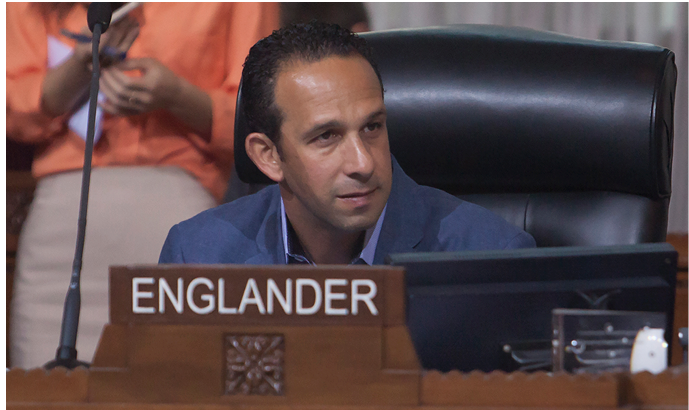
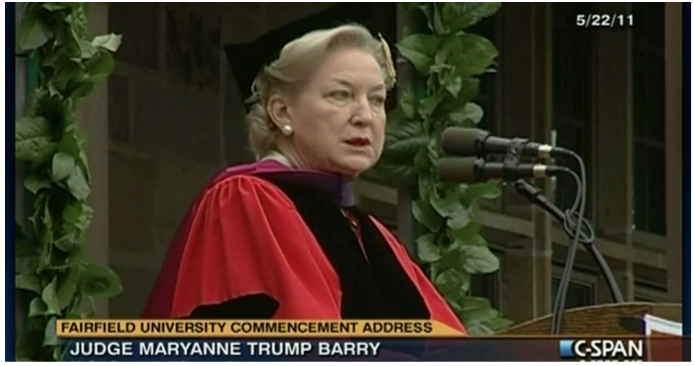

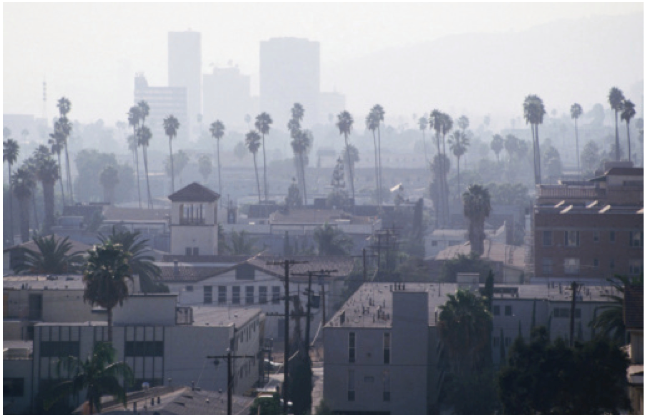
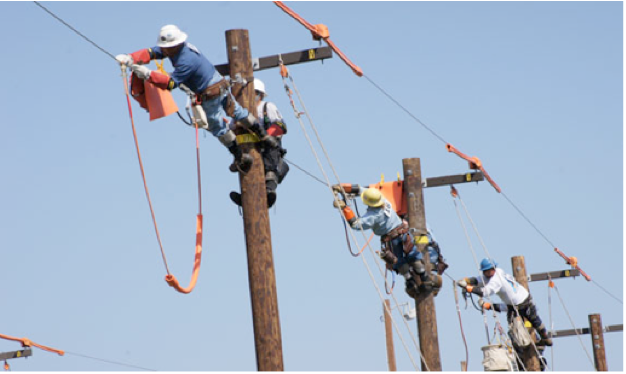
 Back when I was living in Lincoln Heights, I knew a number of young high school students who would not blink an eye at the thought of joining a gang, which always seemed to me to be a relatively hazardous life choice. But talk to those same young people about making a lot of money and have a good paying job climbing up one of those big power poles for DWP, and most of them would look at me like I was crazy and say, “No Way!”
Back when I was living in Lincoln Heights, I knew a number of young high school students who would not blink an eye at the thought of joining a gang, which always seemed to me to be a relatively hazardous life choice. But talk to those same young people about making a lot of money and have a good paying job climbing up one of those big power poles for DWP, and most of them would look at me like I was crazy and say, “No Way!” 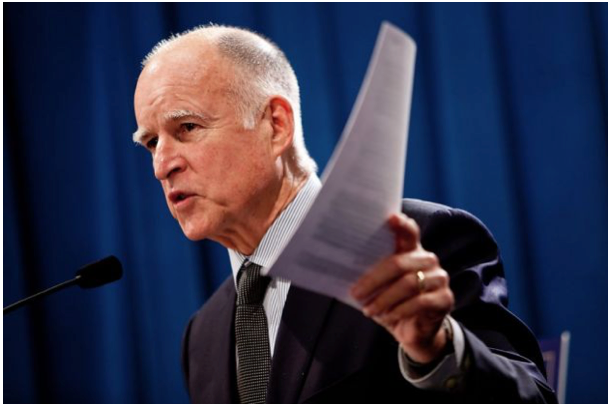
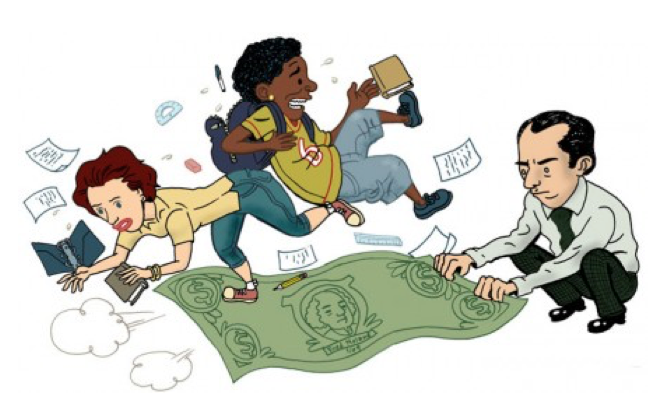
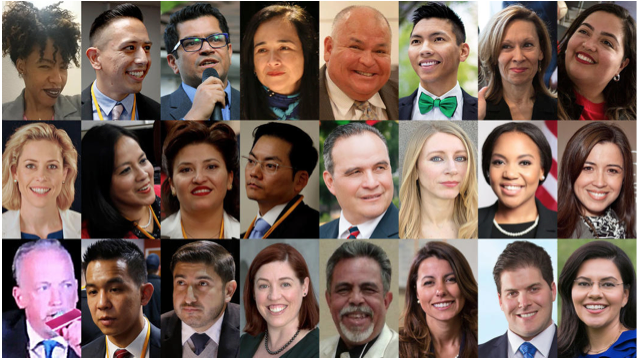
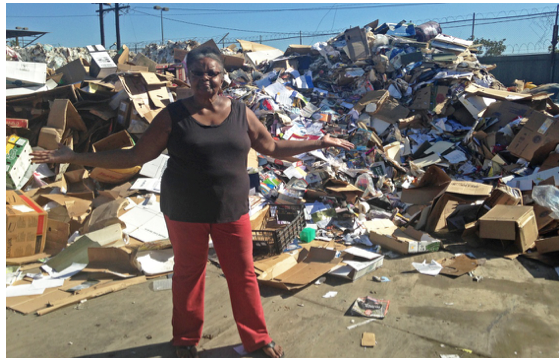
 Errol Segal, the Senior Recycling Consultant for Active Recycling and his program, is a good example of what companies can do to help the communities from which they benefit. He’s LA’s ‘Trashsamaritan’.
Errol Segal, the Senior Recycling Consultant for Active Recycling and his program, is a good example of what companies can do to help the communities from which they benefit. He’s LA’s ‘Trashsamaritan’. 
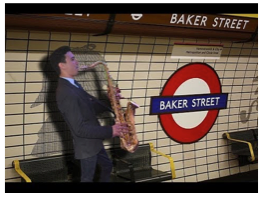 And in what must have been one of the greatest bargains of the 1970s, camp tuition was $20 for the entire summer.
And in what must have been one of the greatest bargains of the 1970s, camp tuition was $20 for the entire summer. 
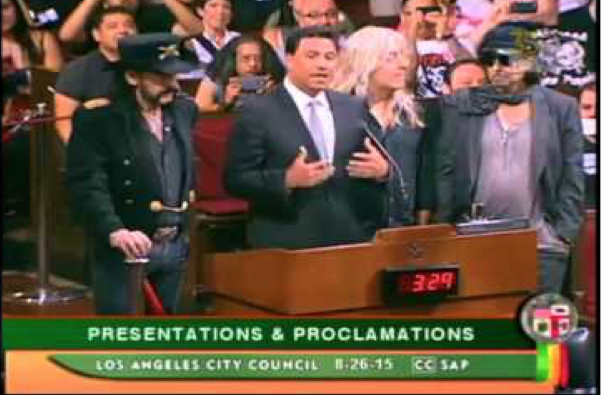



 Stern: Matt is doing the heavy lifting. I don’t believe there is any major fiscal impact but we have got to get it through the Assembly and through the Senate to the Governor’s desk.
Stern: Matt is doing the heavy lifting. I don’t believe there is any major fiscal impact but we have got to get it through the Assembly and through the Senate to the Governor’s desk. 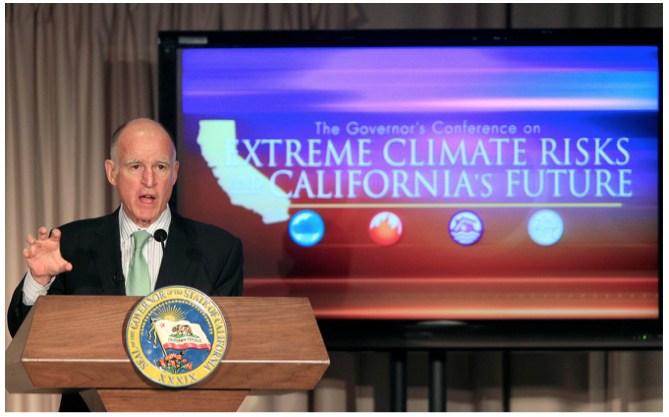
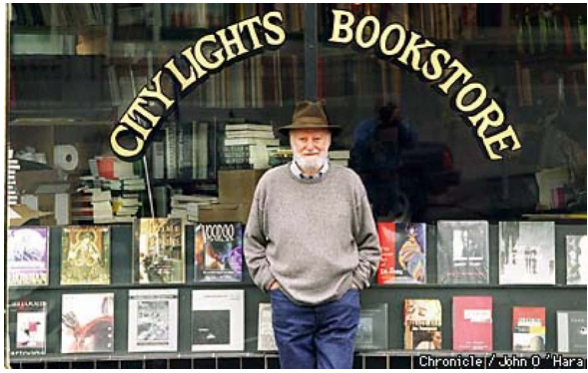

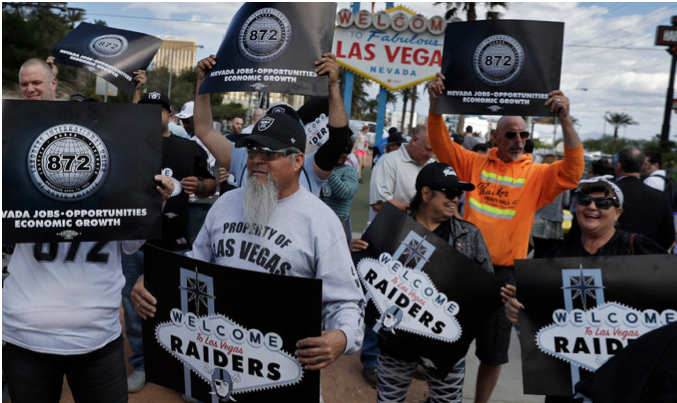

 The Department has instituted a culture that emphasizes discipline not praise for hard working patrol deputies, with a singular focus on looking for the "bad" in every arrest or public contact. The default response of line supervisors and higher-ups is to second guess deputies and look for "bad tactics" or outcomes, instead of supporting proactive deputies, or praising them as examples to be followed. Since discretion allows a deputy to solve a crime and document it with a report, the understandable human behavior is to avoid making an arrest if that will simply invite second guessing and undue scrutiny.
The Department has instituted a culture that emphasizes discipline not praise for hard working patrol deputies, with a singular focus on looking for the "bad" in every arrest or public contact. The default response of line supervisors and higher-ups is to second guess deputies and look for "bad tactics" or outcomes, instead of supporting proactive deputies, or praising them as examples to be followed. Since discretion allows a deputy to solve a crime and document it with a report, the understandable human behavior is to avoid making an arrest if that will simply invite second guessing and undue scrutiny. 














